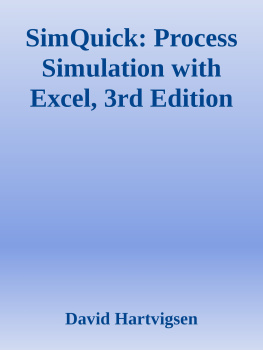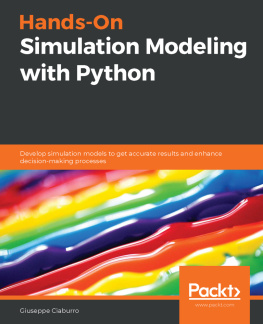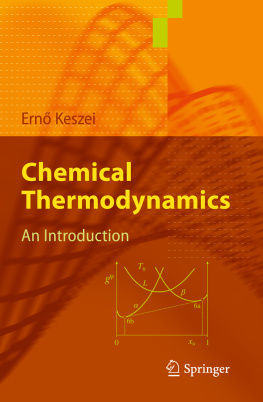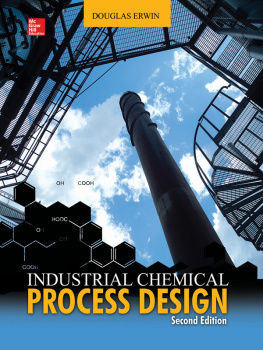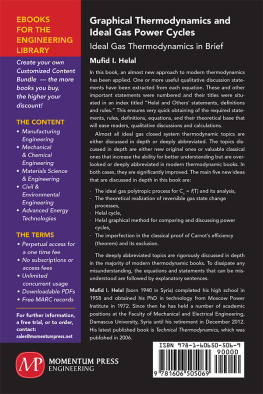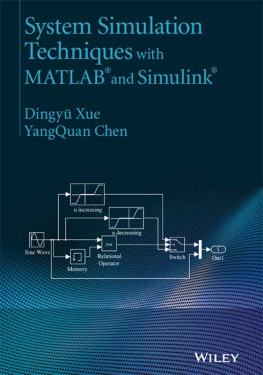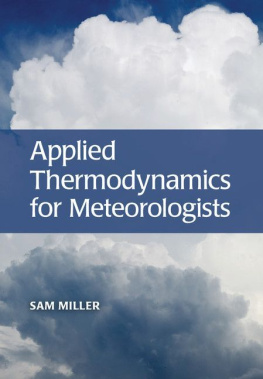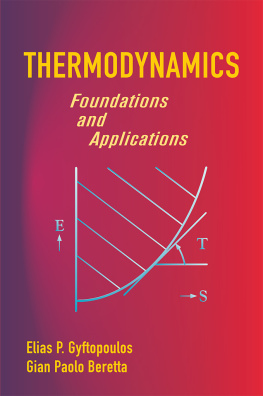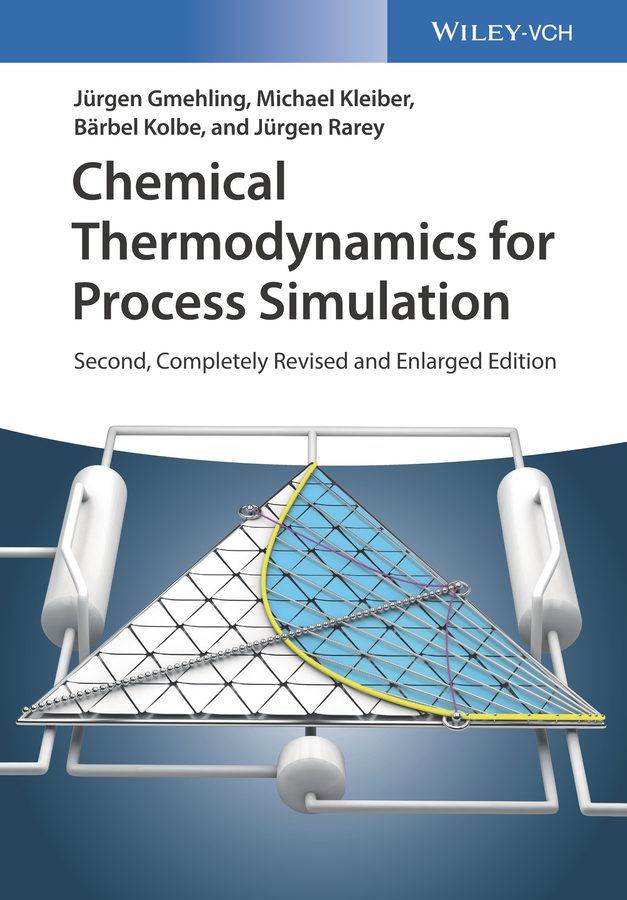Gmehling Jurgen - Chemical Thermodynamics for Process Simulation
Here you can read online Gmehling Jurgen - Chemical Thermodynamics for Process Simulation full text of the book (entire story) in english for free. Download pdf and epub, get meaning, cover and reviews about this ebook. year: 2019, publisher: Wiley-Vch, genre: Children. Description of the work, (preface) as well as reviews are available. Best literature library LitArk.com created for fans of good reading and offers a wide selection of genres:
Romance novel
Science fiction
Adventure
Detective
Science
History
Home and family
Prose
Art
Politics
Computer
Non-fiction
Religion
Business
Children
Humor
Choose a favorite category and find really read worthwhile books. Enjoy immersion in the world of imagination, feel the emotions of the characters or learn something new for yourself, make an fascinating discovery.

- Book:Chemical Thermodynamics for Process Simulation
- Author:
- Publisher:Wiley-Vch
- Genre:
- Year:2019
- Rating:5 / 5
- Favourites:Add to favourites
- Your mark:
Chemical Thermodynamics for Process Simulation: summary, description and annotation
We offer to read an annotation, description, summary or preface (depends on what the author of the book "Chemical Thermodynamics for Process Simulation" wrote himself). If you haven't found the necessary information about the book — write in the comments, we will try to find it.
This must-read for advanced students and professionals alike is the first book to demonstrate how chemical thermodynamics work in the real world by applying them to actual engineering examples. It also discusses the advantages and disadvantages of the particular models and procedures, and explains the most important models that are applied in process industry. All the topics are illustrated with examples that are closely related to practical process simulation problems. At the end of each chapter, additional calculation examples are given to enable readers to extend their comprehension.
Chemical Thermodynamics for Process Simulation instructs on the behavior of fluids for pure fluids, describing the main types of equations of state and their abilities. It discusses the various quantities of interest in process simulation, their correlation, and prediction in detail. Chapters look at the important terms for the description of the thermodynamics of mixtures; the most important models and routes for phase equilibrium calculation; models which are applicable to a wide variety of non-electrolyte systems; membrane processes; polymer thermodynamics; enthalpy of reaction; chemical equilibria, and more.
-Explains thermodynamic fundamentals used in process simulation with solved examples
-Includes new chapters about modern measurement techniques, retrograde condensation, and simultaneous description of chemical equilibrium
-Comprises numerous solved examples, which simplify the understanding of the often complex calculation procedures, and discusses advantages and disadvantages of models and procedures
-Includes estimation methods for thermophysical properties and phase equilibria thermodynamics of alternative separation processes
-Supplemented with MathCAD-sheets and DDBST programs for readers to reproduce the examples
Chemical Thermodynamics for Process Simulation is an ideal resource for those working in the fields of process development, process synthesis, or process optimization, and an excellent book for students in the engineering sciences.
Gmehling Jurgen: author's other books
Who wrote Chemical Thermodynamics for Process Simulation? Find out the surname, the name of the author of the book and a list of all author's works by series.

